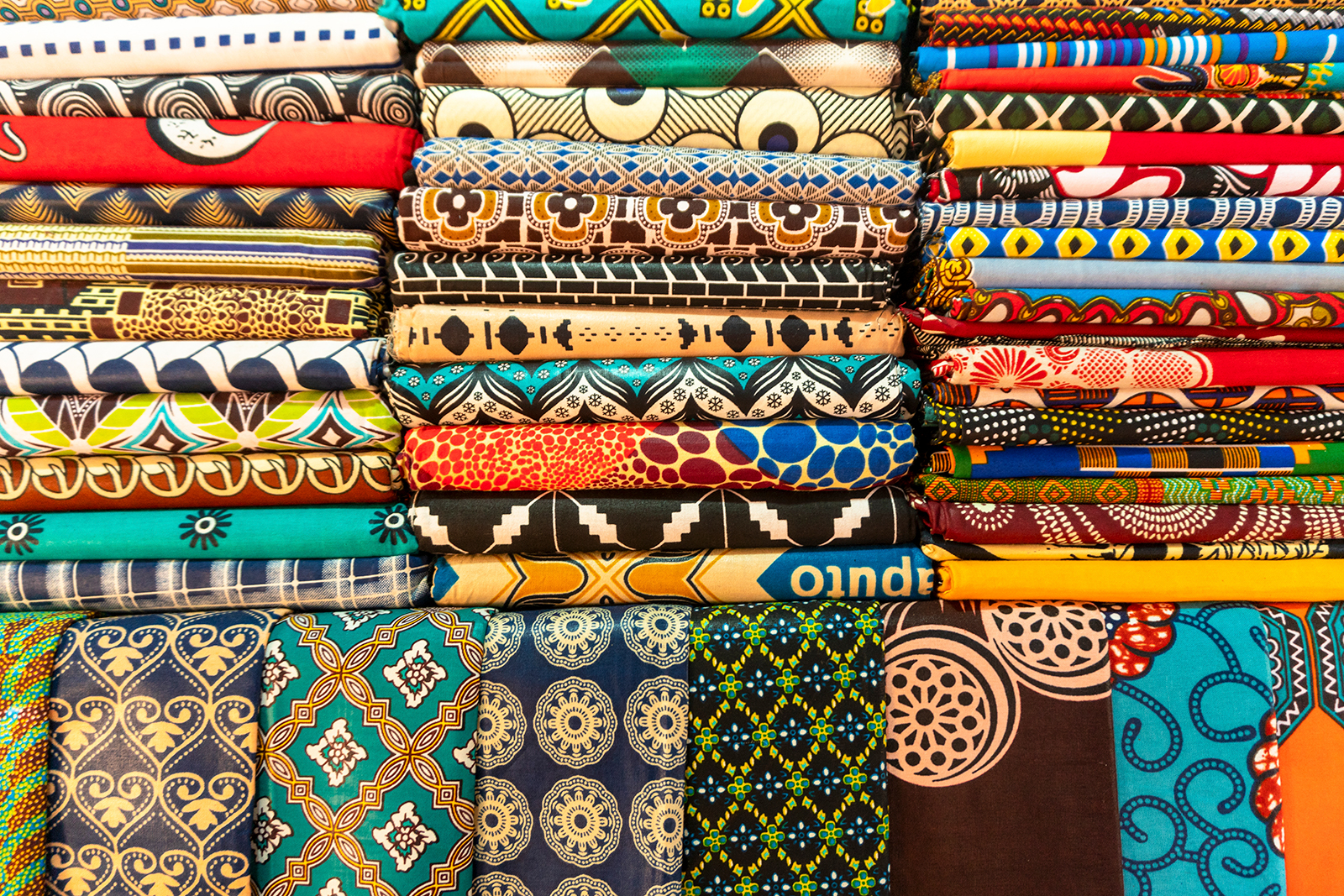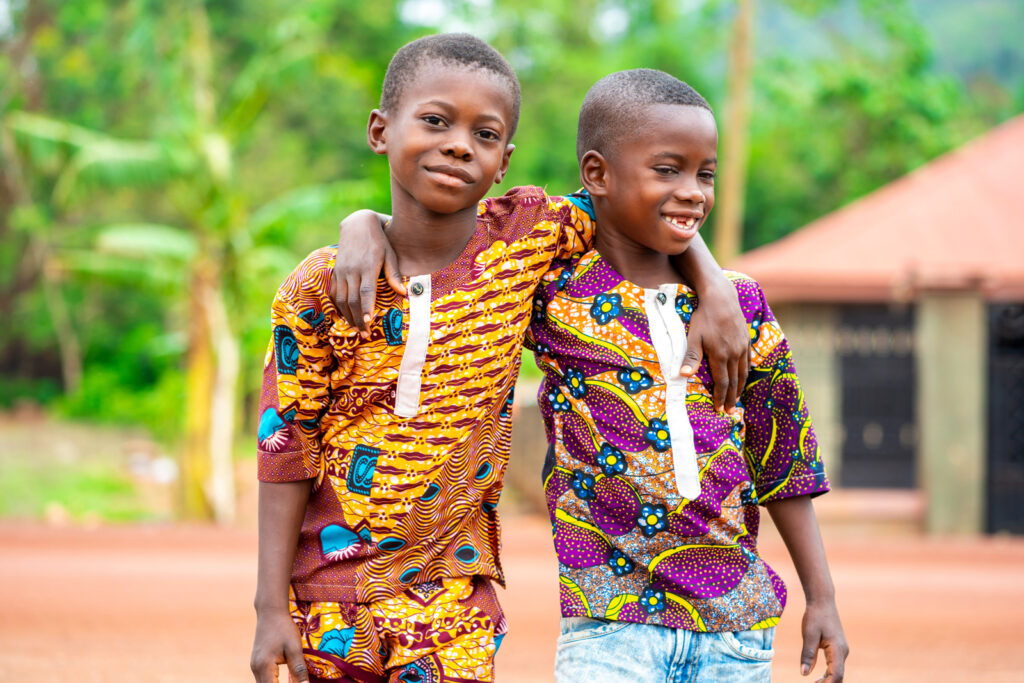
Capulanas: A vibrant symbol of mozambican heritage
The Capulana, a vibrant and versatile fabric, is a cornerstone of Mozambique’s rich cultural identity.
This cloth, often adorned with bold African motifs and vivid colours, transcends mere functionality, weaving together threads of history, art, and social significance.
Table of Contents
Origins and Historical Significance of Capulana
While the exact origin of the term “Capulana” remains uncertain, references to it date back to an 1890 account of Delagoa Bay (modern-day Maputo Bay). These accounts distinguished the Capulana from other garments worn by women in the region. Long before the Portuguese arrived in the late 15th century, fabric trade with Asia had already introduced various textiles to Mozambique. This exchange of goods, including gold, ivory, and slaves, spurred the adoption of the Capulana as a staple garment.
Foreign traders were obligated to gift cloth to the wives of African leaders and merchants, catalyzing the shift from traditional attire made from dried grass or tree leaves to woven fabrics. By the 20th century, particularly in the 1920s, the colourful Capulanas we recognize today began gaining widespread popularity across Mozambique. By the 1930s and 1940s, rural communities accessed Capulanas through trade for agricultural goods such as cashews, peanuts, and sesame seeds.

Mozambican women wearing capulana fabric
Traditional Uses and Symbolism
Historically, women wore two pieces of Capulana: one around the waist, sometimes extending to the knees, and another over the chest. The dimensions and lengths of these pieces varied according to social status. For example, the wives of kings and merchants often wore longer Capulanas. Specific colours and patterns were also linked to age, social standing, and cultural or religious beliefs. Young women typically wore shorter Capulanas, while certain hues symbolized marital status or regional identity.
Even today, Capulanas serve as markers of cultural significance. They are integral to major life events such as births, weddings, and funerals. A special type of Capulana, known as “ntehe,” is traditionally purchased upon the birth of a child to carry infants on the mother’s back, freeing her hands for daily tasks. These fabrics also play a role in traditional medicine and community discussions, underscoring their multifaceted importance.
Design and Artistry
Capulanas are renowned for their vibrant designs, which often feature geometric patterns, nature-inspired motifs, and culturally significant symbols. Each design carries a unique meaning and is carefully chosen to mark specific events or convey particular messages.
For instance, during election campaigns, Capulanas are printed with the faces of political candidates, reflecting their role in societal discourse. When Pope Francis visited Mozambique in 2019, Capulanas adorned with his portrait were produced to commemorate the occasion. Another widely recognized Capulana features the portrait of Josina Machel, an independence activist and the first wife of Mozambique’s first post-independence president, Samora Machel. Josina passed away on April 7th, a date now celebrated as Mozambican Women’s Day in her honor. On this day, many women across the country wear Capulanas bearing her image as a tribute to her legacy.
The ever-evolving designs of Capulanas reflect societal changes and keep the fabric deeply relevant in modern life. These vibrant textiles serve as living canvases, weaving together the rich traditions of the past with the dynamic cultural expressions of the present.

Mozambican kids wearing capulana clothes
Capulana: Contemporary Fashion and Uses
In modern Mozambique, Capulanas remain indispensable. Beyond their traditional roles, they are used as baby carriers, home decorations, and materials for crafting accessories and garments. In the countryside, women also wear them on top of “western” clothes to avoid staining the latter when they travel by bus, sit on the floor in the market etc.
The rise of Capulanas in global fashion has further elevated their status. Designers now incorporate these fabrics into runway collections, blending traditional designs with modern trends. This fusion not only celebrates the aesthetic allure of Capulanas but also pays homage to their cultural roots.
Treat yourself to something special!
When visiting Vilanculos you will find taylors in every market that can quickly sew a precious outfit that you can easily take home as a souvenir.
Let your next capulana outfit be tailor-made just for you.
Today, Capulanas symbolize both tradition and innovation, resonating with diverse audiences. In Mozambique’s rural areas, they remain a staple of daily life, while in urban settings, they are a statement of cultural pride. Government officials and public figures often wear Capulana-inspired attire at official ceremonies, inspiring widespread admiration and emulation.
A Living Legacy
The Capulana is more than just fabric; it is a vibrant testament to Mozambique’s heritage and identity. From its historical roots to its contemporary appeal, the Capulana continues to evolve, bridging generations and cultures. Whether wrapped around the waist, showcased on a runway, or gifted as a token of love and respect, this iconic fabric encapsulates the essence of Mozambique’s rich traditions and artistic ingenuity.
